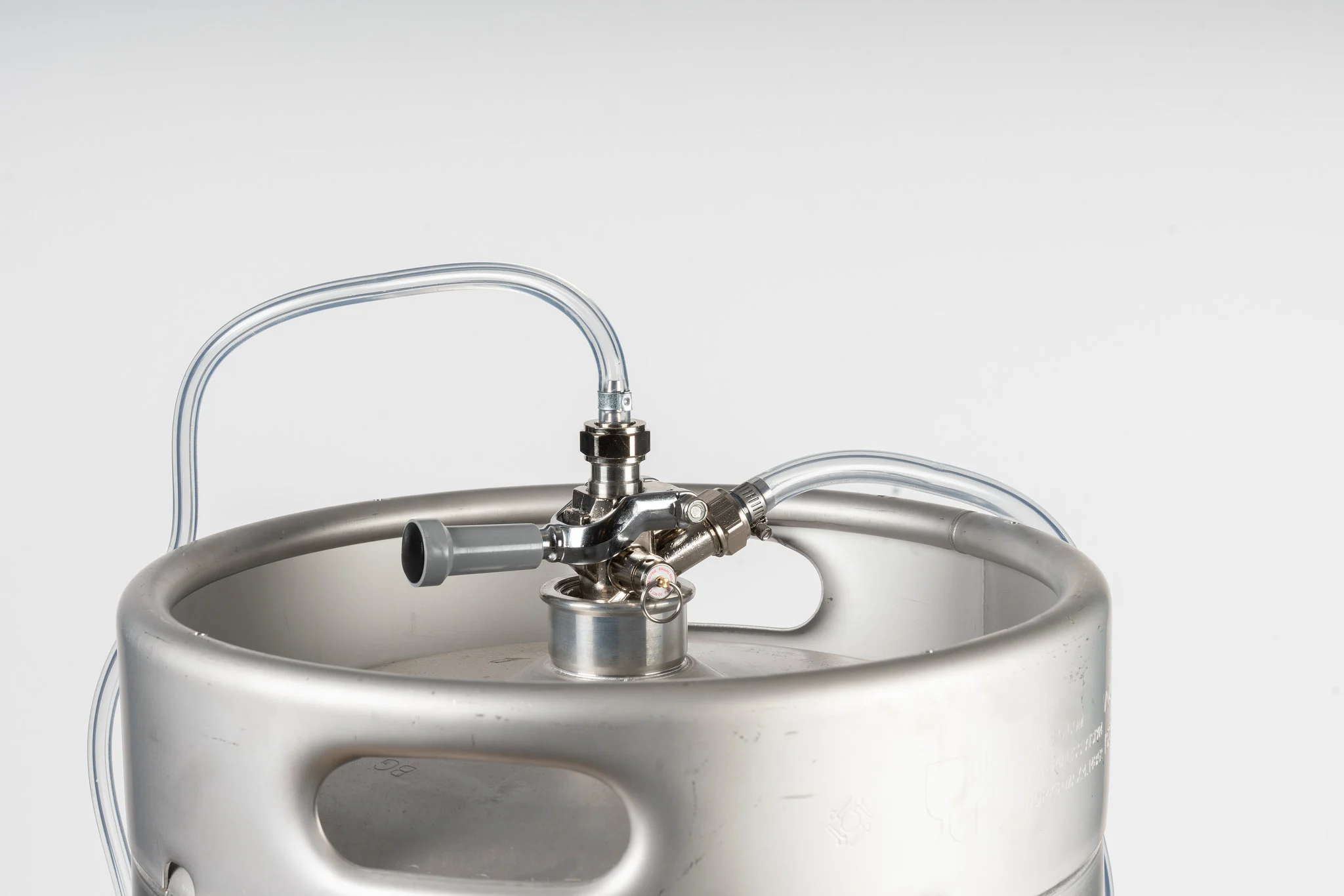

Articles
How Does The Kegerator Work?
Modified: February 27, 2024
Discover how kegerators work and learn all about them in this informative article. Find out how to choose the best kegerator for your needs and more.
(Many of the links in this article redirect to a specific reviewed product. Your purchase of these products through affiliate links helps to generate commission for Storables.com, at no extra cost. Learn more)
Introduction
Imagine having your favorite beer on tap, ready to be poured whenever you please. No more trips to the store or dealing with the hassle of bottles or cans. That’s where a kegerator comes in. In this article, we will explore the inner workings of a kegerator and understand how it works to deliver the perfect pint of beer.
A kegerator is essentially a refrigerator specifically designed to store and dispense draft beer. It is the ultimate appliance for beer enthusiasts who enjoy the convenience and experience of having freshly poured beer at home. With a kegerator, you can enjoy the same quality and taste as you would get at a bar or pub, but in the comfort of your own space.
Before we dive into the mechanics of a kegerator, let’s understand the basic components that make up this amazing beer dispenser.
Key Takeaways:
- Enjoy the convenience of freshly poured draft beer at home with a kegerator, providing cost-efficiency, reduced packaging waste, and a wide beer selection for a delightful drinking experience.
- Consider the upfront cost, space requirements, and maintenance involved when deciding to invest in a kegerator, weighing the advantages of convenience and entertainment against potential challenges for a personalized home bar experience.
Read more: How Does A Mini Kegerator Work
What is a Kegerator?
A kegerator is a specialized appliance designed to store and dispense draft beer. It is a combination of a refrigerator and a draft beer dispensing system, allowing users to keep their favorite brews cold and ready to serve at any time.
The main feature of a kegerator is its ability to maintain a consistent temperature, usually around 38-40 degrees Fahrenheit (3-4 degrees Celsius), which is the ideal temperature for serving most beers. This ensures that the beer is kept fresh and flavorful, providing an excellent tasting experience.
Kegerators come in various sizes, ranging from compact countertop models to larger freestanding units. They are equipped with a cooling mechanism, usually a compressor or thermoelectric system, that keeps the interior of the kegerator cold. The temperature can be adjusted using a control panel or dial located on the kegerator.
One of the key advantages of a kegerator is that it eliminates the need for individual bottles or cans. Instead, beer is stored in a keg, which can hold a larger volume of liquid, usually around 5 gallons (19 liters) or more, depending on the size of the keg. This not only saves space but also reduces packaging waste.
To dispense the beer, a kegerator is typically equipped with a draft tower on top, which houses the beer lines and a faucet. When the tap handle is pulled or turned, the beer flows from the keg through the lines and out of the faucet, ready to be poured into a glass.
Kegerators also come with a CO2 (carbon dioxide) system, which plays a crucial role in maintaining the carbonation and dispensing the beer. The CO2 is stored in a cylinder and is connected to the keg through a regulator, which controls the pressure at which the beer is dispensed.
Now that we have a general understanding of what a kegerator is, let’s take a closer look at its components and how they work together to deliver a perfect draft beer.
The Components of a Kegerator
A kegerator is made up of several components that work together to store and dispense draft beer. Understanding these components is essential to grasp how a kegerator functions.
1. Refrigerator: The kegerator’s main body is a refrigeration unit similar to a standard refrigerator. It has insulation to maintain a consistent cold temperature and a compressor or thermoelectric cooling system to cool the interior. The size of the refrigerator can vary depending on the model and capacity.
2. Keg: The keg is where the beer is stored. It is a stainless steel container that holds a large volume of beer, typically 5 gallons (19 liters) or more. The keg is pressurized, maintaining the carbonation of the beer and keeping it fresh for an extended period.
3. CO2 Cylinder: The CO2 cylinder is an essential component of the kegerator. It stores carbon dioxide gas under pressure. The CO2 is used to push the beer out of the keg and into the beer lines, ensuring a smooth and controlled flow.
4. Regulator: The regulator is connected to the CO2 cylinder and controls the pressure of the gas. It allows the user to adjust and maintain the desired pressure for dispensing the beer. Too much or too little pressure can affect the carbonation and quality of the beer.
5. Beer Lines: The beer lines connect the keg to the faucet on the draft tower. They are usually made of food-grade plastic or stainless steel and are designed to be resistant to corrosion and imparting any off-flavors to the beer. The lengths of the beer lines can vary, with longer lines providing a slower pour and less foam.
6. Faucet and Tap Handle: The faucet is the point where the beer is dispensed. It is attached to the draft tower, and when the tap handle is pulled or turned, the beer flows out. The faucet is designed to provide a smooth and controlled pour, allowing the user to fill a glass with ease.
7. Drip Tray: The drip tray is located beneath the faucet and serves to collect any spills or drips of beer. It helps to keep the area clean and prevents any mess. The drip tray is removable and can be easily emptied and cleaned.
Understanding these components is vital in comprehending how a kegerator works. In the next section, we will explore the cooling mechanism of a kegerator and how it keeps the beer perfectly chilled.
How Does a Kegerator Cool the Beer?
Maintaining a cold temperature is crucial for serving refreshing draft beer, and a kegerator employs a cooling mechanism to keep the beer chilled and ready to enjoy.
The cooling system of a kegerator is similar to that of a standard refrigerator. It typically utilizes either a compressor-based cooling system or a thermoelectric cooling system.
1. Compressor-Based Cooling System: This type of cooling system is the most common in kegerators. It consists of a compressor, evaporator, condenser, and refrigerant. The compressor compresses the refrigerant, raising its temperature and pressure, and pushes it into the condenser. In the condenser, the refrigerant releases heat and cools down, transforming into a liquid. The liquid refrigerant then flows into the evaporator, where it expands and absorbs heat from the kegerator’s interior, cooling it down. The process repeats to maintain a consistent cold temperature inside the kegerator.
2. Thermoelectric Cooling System: Some kegerators use a thermoelectric cooling system instead of a compressor. This system utilizes the Peltier effect, where an electric current is passed through two dissimilar materials, generating a temperature difference. One side of the module becomes hot, while the other becomes cold. The cold side is mounted inside the kegerator to cool the interior. Thermoelectric cooling systems are known for their energy efficiency and quieter operation.
Regardless of the cooling system, the kegerator has insulation to minimize temperature fluctuations and maintain a consistent cold environment. The temperature is typically set and controlled using a control panel or dial on the kegerator.
The interior cold temperature of the kegerator is vital for preserving the flavor and quality of the beer. Most beers are best served at a temperature range of 38-40 degrees Fahrenheit (3-4 degrees Celsius). This temperature range ensures that the beer remains refreshing and prevents it from becoming too warm or developing off-flavors.
In addition to the cooling mechanism, a kegerator also utilizes another essential component to ensure proper beer dispensing – the CO2 system. We will explore the role of CO2 in the kegerator and its significance in the next section.
The Role of CO2 in the Kegerator
CO2, or carbon dioxide, plays a crucial role in the kegerator. It is responsible for maintaining the carbonation of the beer and dispensing it smoothly and with the right amount of carbonation.
When beer is brewed, carbon dioxide is naturally produced as a byproduct of the fermentation process. This carbonation gives beer its characteristic bubbles and effervescence. However, as the beer sits in the keg, it can lose some of its carbonation over time.
To prevent this loss of carbonation, kegerators utilize a CO2 system. The CO2 is stored in a cylinder and connected to the keg through a regulator. The regulator controls the pressure at which the CO2 is released into the keg, ensuring a consistent flow of gas to maintain the desired level of carbonation.
The CO2 is typically set at a pressure of around 10-12 pounds per square inch (psi), although the ideal pressure can vary depending on the specific beer being served. Different beer styles, such as lagers or ales, may require different pressures to achieve the desired level of carbonation and foaming.
When the kegerator is in operation, the CO2 is injected into the keg through the regulator and displaces the volume of beer that is being dispensed. This creates pressure within the keg, forcing the beer to flow through the beer lines and out of the faucet when the tap handle is opened.
The CO2 also helps to maintain the freshness and quality of the beer. As the beer is dispensed, the CO2 creates a blanket of gas on top of the beer, acting as a protective barrier against oxygen. Oxygen can lead to oxidation and spoilage of the beer, affecting its taste and aroma.
It is essential to monitor and adjust the CO2 pressure in the kegerator. Too much pressure can result in over-carbonated beer, leading to excessive foaming and a loss of flavor. Insufficient pressure, on the other hand, can cause under-carbonation, resulting in flat-tasting beer without the desired level of bubbles.
Understanding and maintaining the proper CO2 levels and pressure in your kegerator is crucial for ensuring that the beer is carbonated correctly and dispensed with the ideal amount of foaming. In the next section, we will delve into the process of dispensing beer from the kegerator and the steps involved.
When setting up a kegerator, make sure to clean the beer lines regularly to prevent any build-up of bacteria or mold, which can affect the taste of the beer.
Read more: How To Work A Kegerator
Dispensing Beer from the Kegerator
Dispensing beer from a kegerator is a delightful process that allows you to pour a perfectly chilled and carbonated draft beer. Here is a step-by-step guide on how to dispense beer from your kegerator:
1. Prepare the Glass: Start by selecting a clean and cooled glass. Rinse it with cold water to remove any residue or dust particles, ensuring a clean drinking vessel for your beer.
2. Pull the Tap Handle: Grasp the tap handle firmly and pull it forward or push it down, depending on the design of your kegerator. This will initiate the flow of beer from the keg through the beer lines and out of the faucet.
3. Hold the Glass at an Angle: Tilt the glass at about a 45-degree angle under the faucet. This angling will minimize excess foam and allow for a controlled pour.
4. Pour with Care: Gently pour the beer into the glass, allowing it to slide down the side of the glass. As the glass fills, gradually straighten it until it is upright. Aim for a smooth, steady pour to maintain the right amount of carbonation and minimize excessive foaming.
5. Leave Head Space: As the glass fills, be mindful of leaving some headspace at the top. This allows room for the foam to settle and prevents spillage when moving the glass.
6. Enjoy your Beer: Once the glass is filled to the desired level, release the tap handle to stop the flow of beer. Lift the glass and take a moment to appreciate the aroma and appearance of your freshly poured draft beer.
7. Serve and savor the Beer: With your glass of beer in hand, it’s time to enjoy the fruits of your kegerator. Take a sip, savor the flavors, and appreciate the rich and smooth taste that only a properly dispensed draft beer can offer.
Remember that the rate of flow and foaminess can vary depending on factors such as the beer style, carbonation level, and the length and diameter of the beer lines in your kegerator. Adjustments to the pressure and temperature settings may be necessary to achieve the ideal pour for your specific beer.
In the next section, we will explore the importance of maintenance and cleaning to ensure the longevity and optimal performance of your kegerator.
Maintenance and Cleaning of the Kegerator
Regular maintenance and cleaning are essential to keep your kegerator in optimal condition and ensure the quality of your draft beer. Here are some key maintenance and cleaning tasks to keep in mind:
1. Clean the Beer Lines: Over time, beer residue and yeast can build up inside the beer lines, affecting the taste and quality of the beer. It is recommended to clean the beer lines regularly, ideally every time you change the keg. You can use a beer line cleaning kit that includes a cleaning solution and a hand-operated pump. Follow the instructions provided with the kit to flush out and clean the beer lines thoroughly.
2. Sanitize the Keg and Couplers: Before connecting a new keg, it is important to sanitize the keg and couplers to prevent contamination and off-flavors in the beer. Use a food-grade sanitizer solution and follow the instructions to ensure proper sanitization.
3. Clean the Drip Tray: The drip tray collects any spills or drips of beer during dispensing. Regularly remove the drip tray and clean it with warm soapy water to prevent the buildup of mold or bacteria. Ensure it is thoroughly dry before placing it back into the kegerator.
4. Check CO2 Levels and Seals: Periodically check the CO2 levels in the kegerator to ensure they are at the proper pressure for dispensing beer. Inspect the seals and connections for any signs of leaks or damage. Replace any faulty seals or connections to maintain the integrity of the system.
5. Keep the Kegerator Clean: Clean the interior and exterior of the kegerator regularly to remove any spills, dirt, or dust. Use a mild detergent and a soft cloth or sponge to wipe down the surfaces. Avoid using harsh chemicals that can damage the kegerator’s finish.
6. Monitor Temperature: Keep an eye on the temperature inside the kegerator to ensure it remains within the optimal range for beer storage. If necessary, adjust the temperature settings using the control panel or dial on the kegerator.
7. Inspect and Maintain the Cooling System: Check the cooling system components, such as the compressor or thermoelectric module, for any signs of damage or malfunction. Regularly clean the condenser coils to remove dust and debris, ensuring efficient cooling performance. Follow the manufacturer’s guidelines for maintenance and servicing of the cooling system.
By following these maintenance and cleaning practices, you can prolong the lifespan of your kegerator, maintain the quality of your beer, and ensure a delightful and hygienic pouring experience.
Lastly, let’s explore the advantages and disadvantages of having a kegerator in your home.
Advantages and Disadvantages of Having a Kegerator
Having a kegerator in your home can bring about many benefits, but it also comes with a few considerations. Let’s take a look at the advantages and disadvantages of owning a kegerator:
Advantages:
- Freshly Poured Beer: With a kegerator, you can enjoy the luxury of pouring yourself a glass of freshly tapped beer anytime you want. The beer maintains its carbonation and flavor, providing a superior drinking experience compared to bottled or canned beer.
- Cost-Efficiency: Buying beer in kegs is often more cost-effective than purchasing bottles or cans. Kegs offer a larger volume of beer, and the price per ounce is generally lower than individually packaged beers. This can lead to significant savings, especially for beer enthusiasts or frequent entertainers.
- Reduced Packaging Waste: By opting for a kegerator, you can significantly reduce the amount of packaging waste generated from beer bottles and cans. This environmentally-friendly choice can contribute to a greener lifestyle.
- Wide Beer Selection: With a kegerator, you have the freedom to choose from a wide selection of beers. You can experiment with different styles and flavors by swapping out the kegs, allowing you to cater to a variety of tastes and preferences.
- Convenience and Entertainment: Having a kegerator in your home provides convenience and entertainment value. You can effortlessly serve draft beer to guests during parties or gatherings, creating a fun and interactive experience.
Disadvantages:
- Upfront Cost: The initial investment in a kegerator can be relatively high, especially if you opt for a high-quality or customized model. It’s essential to consider your budget and frequency of use before making a purchase.
- Space Requirements: Kegerators can take up a significant amount of space, especially larger models that accommodate multiple kegs. Make sure you have adequate space in your home or designated area to accommodate the kegerator’s size.
- Maintenance and Cleaning: Kegerators require regular maintenance and cleaning to ensure hygienic and optimal performance. This includes cleaning the beer lines, sanitizing the keg and couplers, and checking and adjusting CO2 levels. It’s essential to factor in the time and effort required for maintenance.
- Carbonation Control: Achieving the desired level of carbonation can be a challenge with a kegerator. It may require some trial and error to find the right settings and pressure to suit your preferred taste and style of beer.
Before investing in a kegerator, carefully consider these advantages and disadvantages to determine if it aligns with your lifestyle, preferences, and budget. With proper planning and maintenance, a kegerator can provide years of enjoyment and elevate your beer-drinking experience.
Conclusion
In conclusion, a kegerator is an exceptional appliance that brings the experience of freshly poured draft beer into the comfort of your own home. It combines the functionality of a refrigerator with a draft beer dispensing system, allowing you to enjoy a perfectly chilled and carbonated beer at any time.
We explored the various components of a kegerator, including the refrigerator unit, keg, CO2 system, and beer lines. Each component plays a vital role in keeping the beer fresh, carbonated, and ready to be dispensed with the simple pull of a tap handle.
Understanding how a kegerator works gives you the knowledge to maintain and clean it properly. Regular maintenance, such as cleaning the beer lines, sanitizing the keg and couplers, and monitoring CO2 levels, ensures the longevity and optimal performance of your kegerator.
Having a kegerator brings numerous advantages, including the pleasure of enjoying freshly poured beer, cost-efficiency, reduced packaging waste, a wide beer selection, and the convenience and entertainment it provides. However, it’s crucial to consider factors such as the upfront cost, space requirements, and the maintenance involved.
By carefully weighing the advantages and disadvantages of owning a kegerator, you can make an informed decision that aligns with your preferences, budget, and lifestyle.
So, whether you are a beer enthusiast who appreciates the convenience and taste of draft beer, or a seasoned entertainer looking to elevate your hosting experience, a kegerator can be a worthy investment that brings the joy and excitement of a bar into your own home.
Frequently Asked Questions about How Does The Kegerator Work?
Was this page helpful?
At Storables.com, we guarantee accurate and reliable information. Our content, validated by Expert Board Contributors, is crafted following stringent Editorial Policies. We're committed to providing you with well-researched, expert-backed insights for all your informational needs.
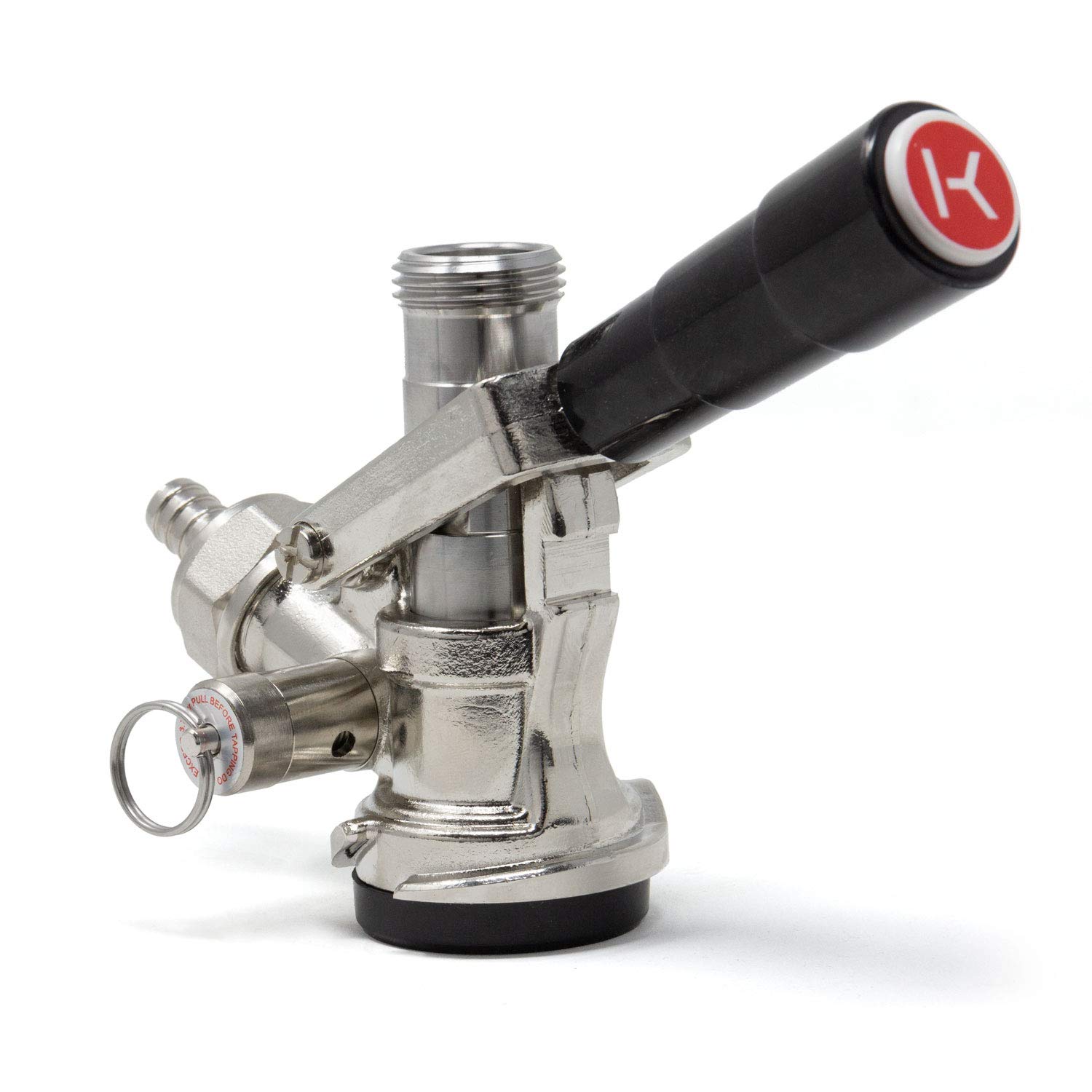
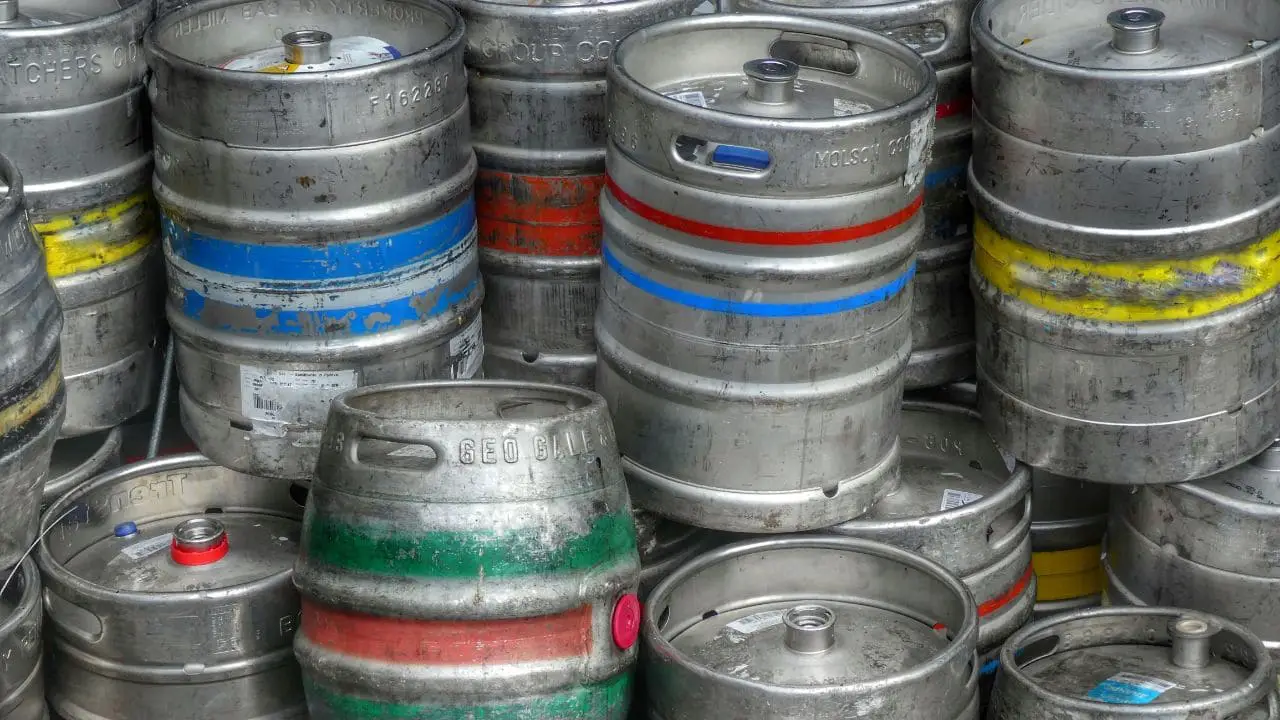
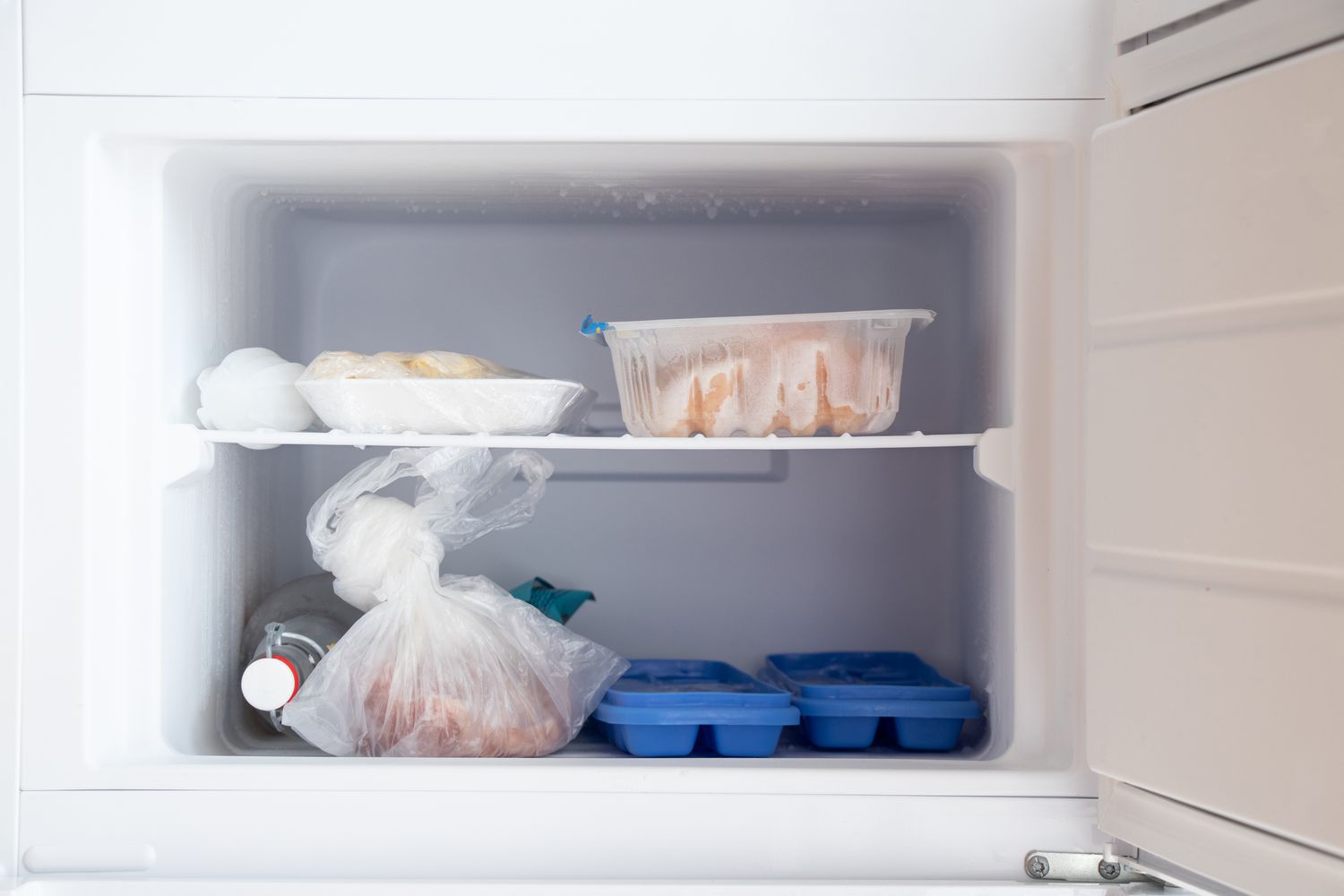
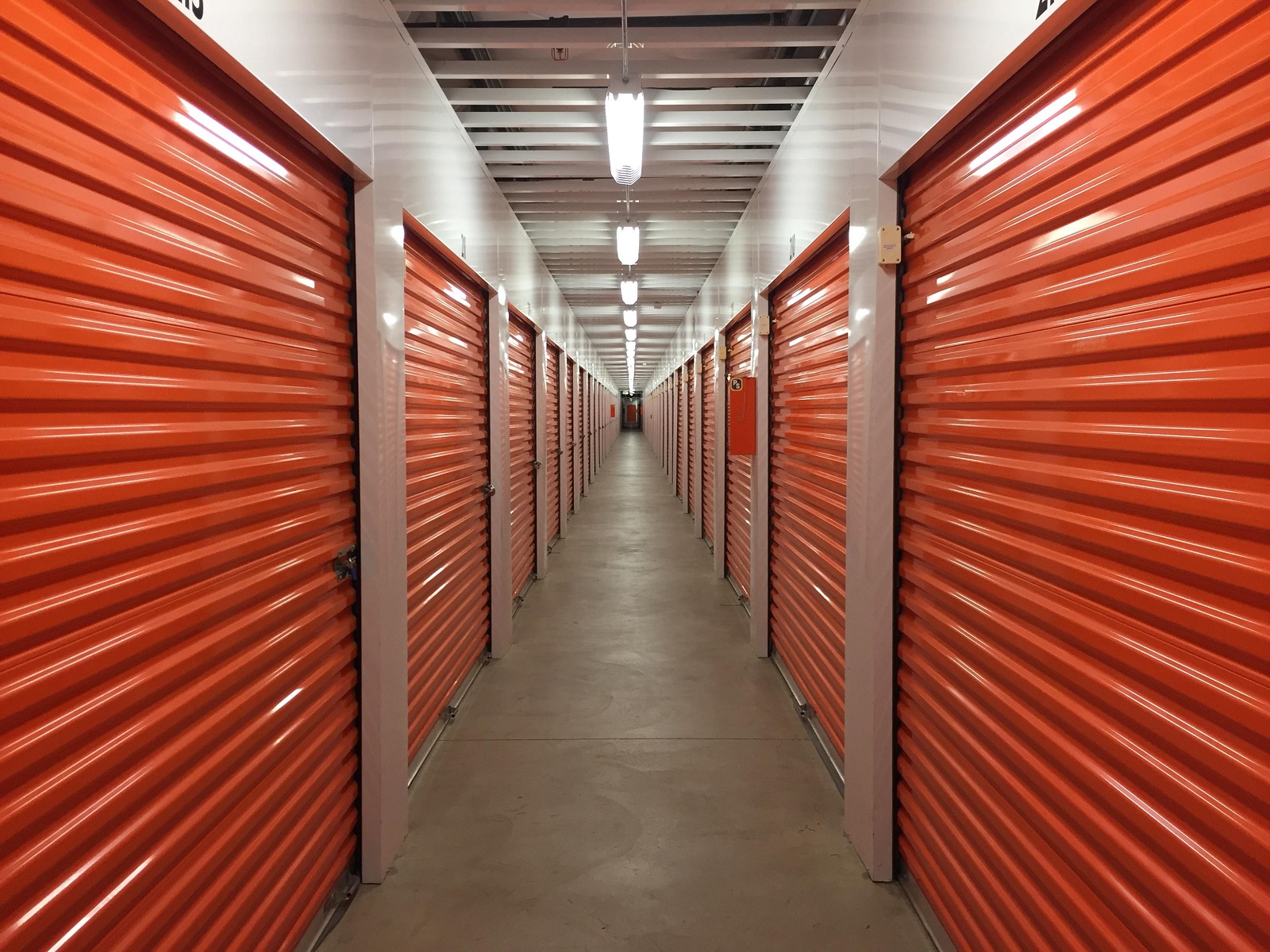
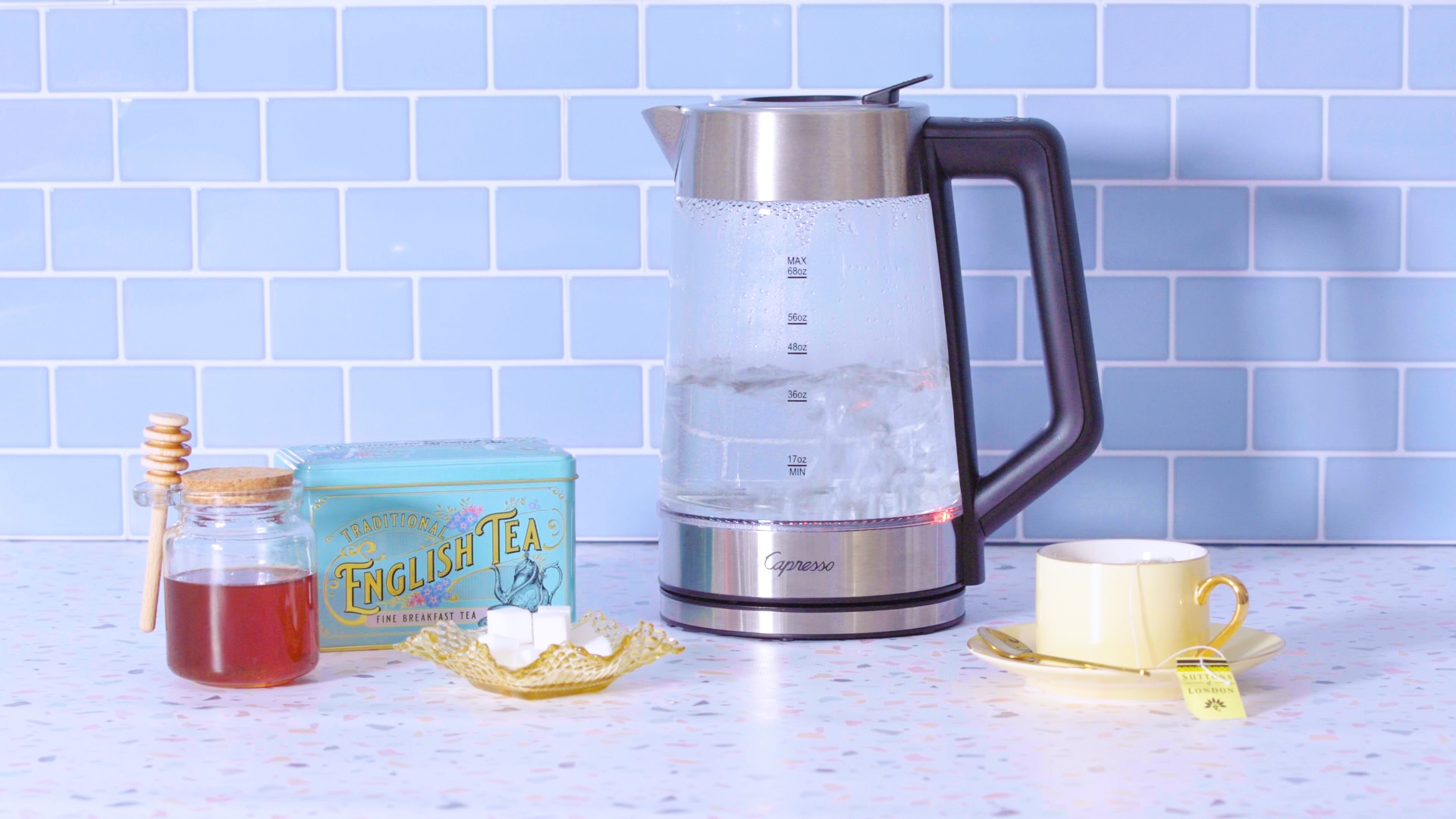

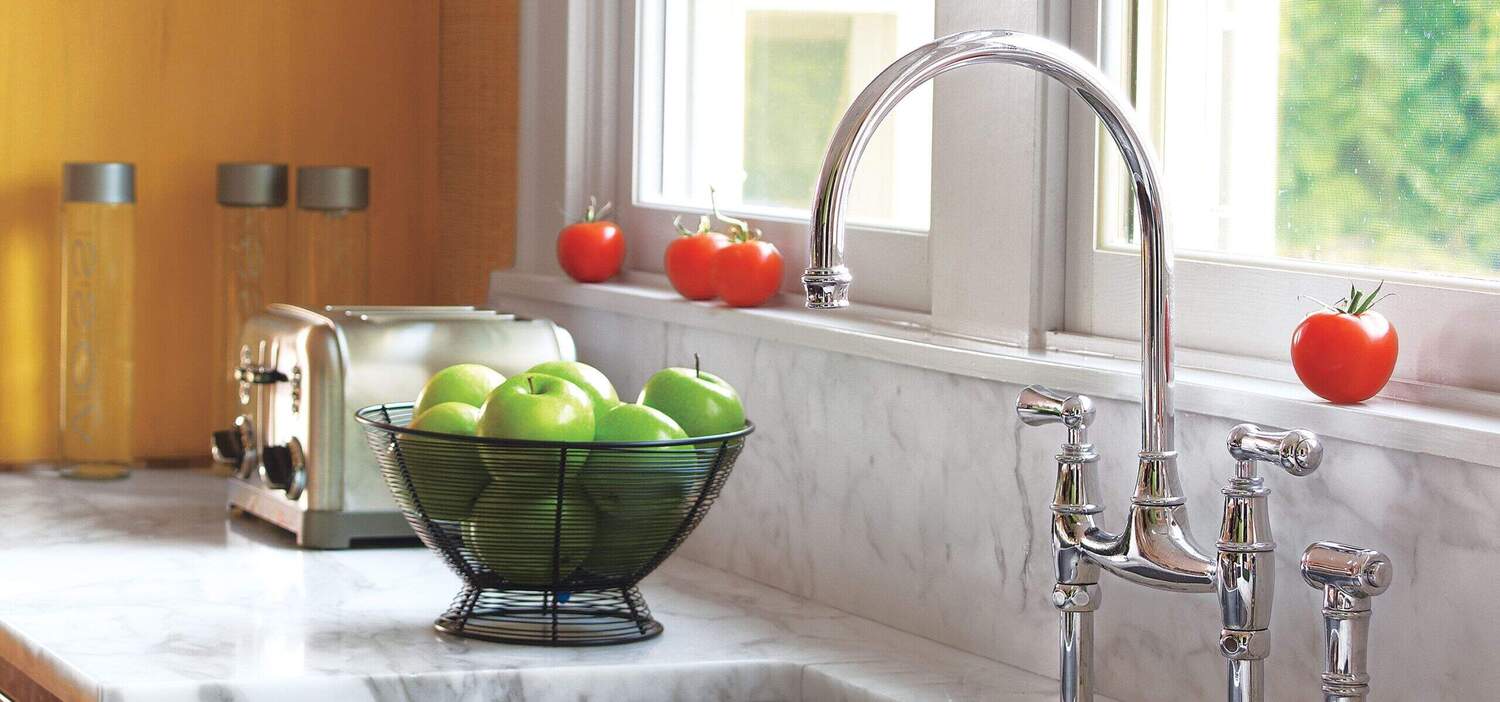

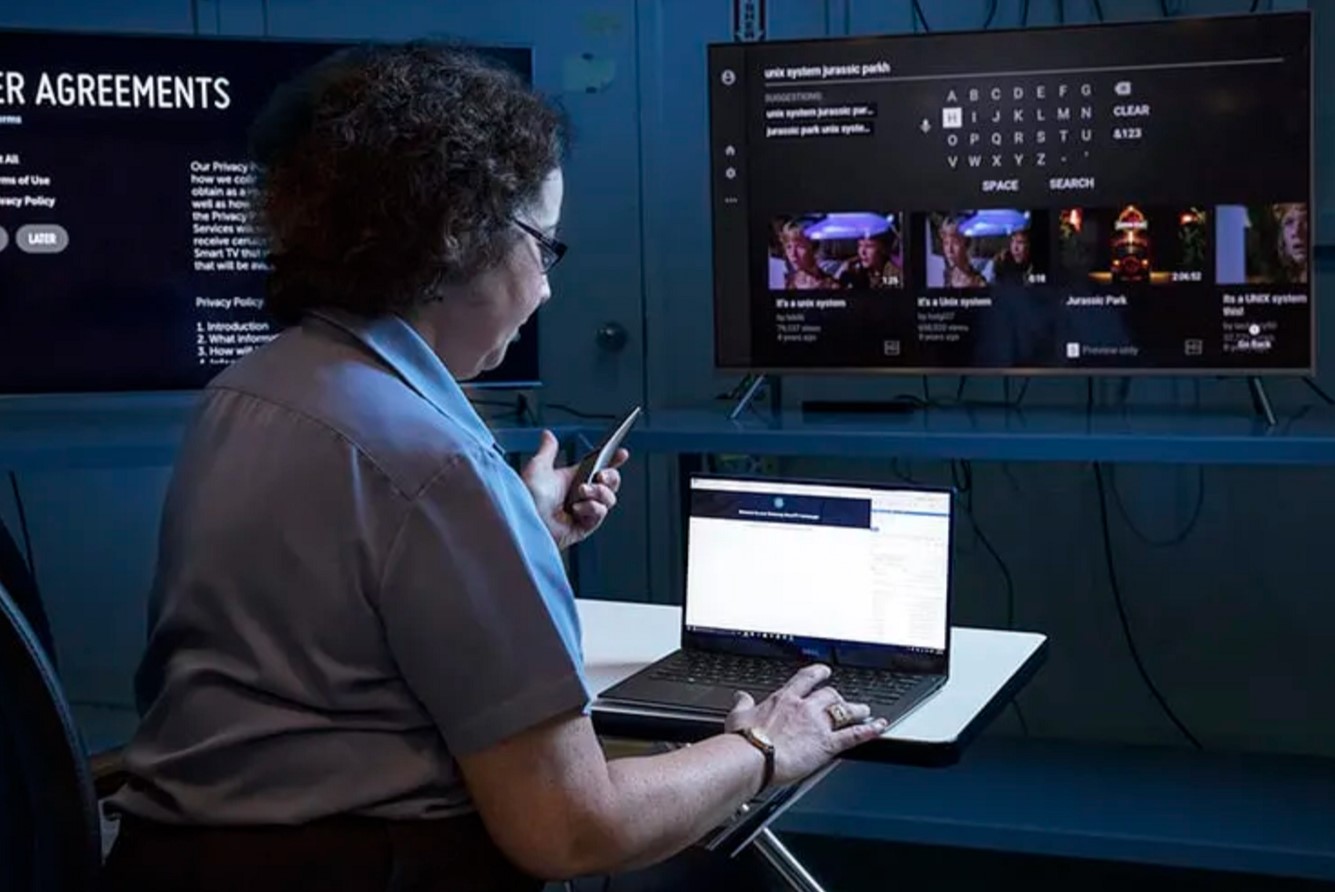
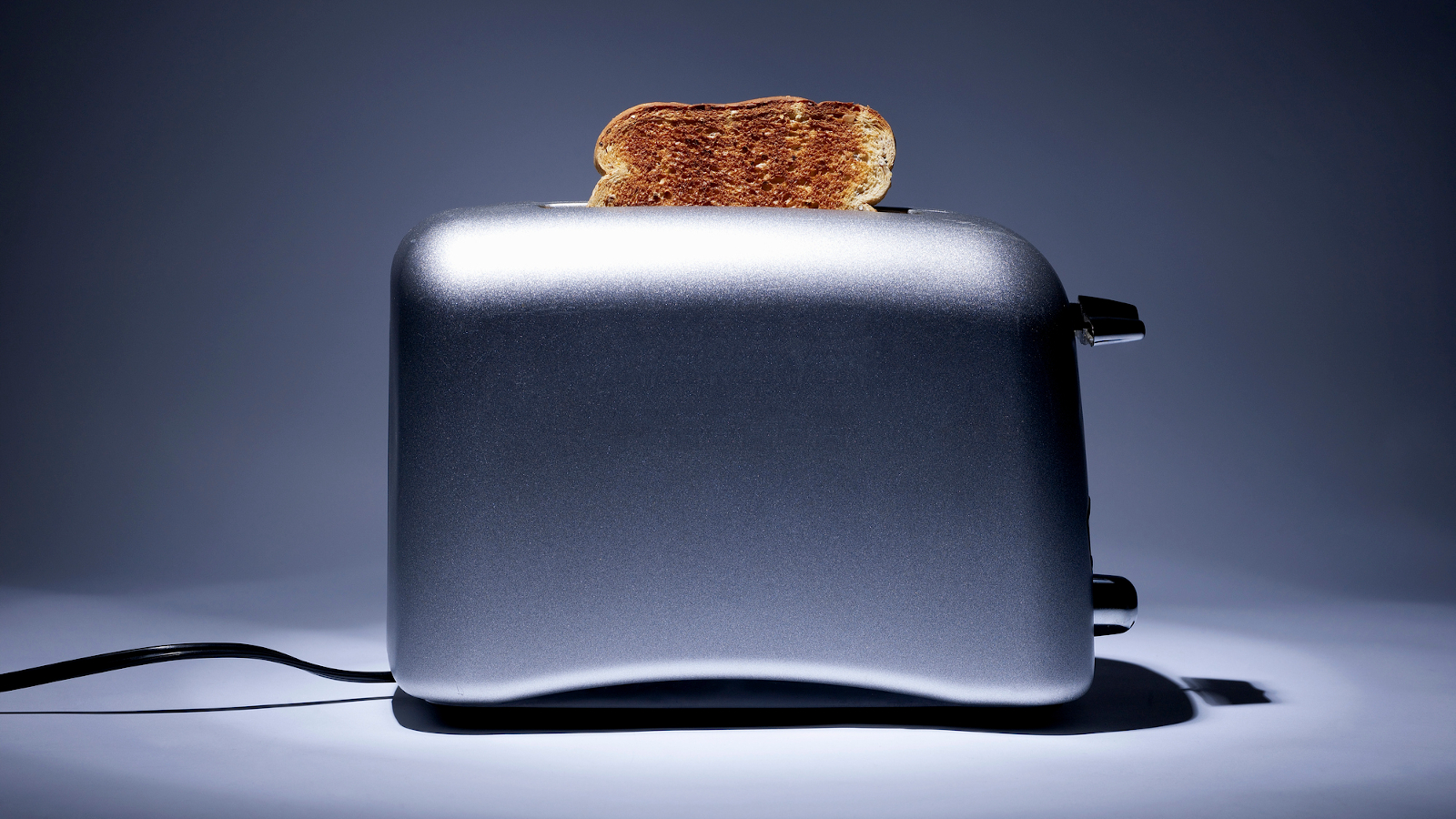
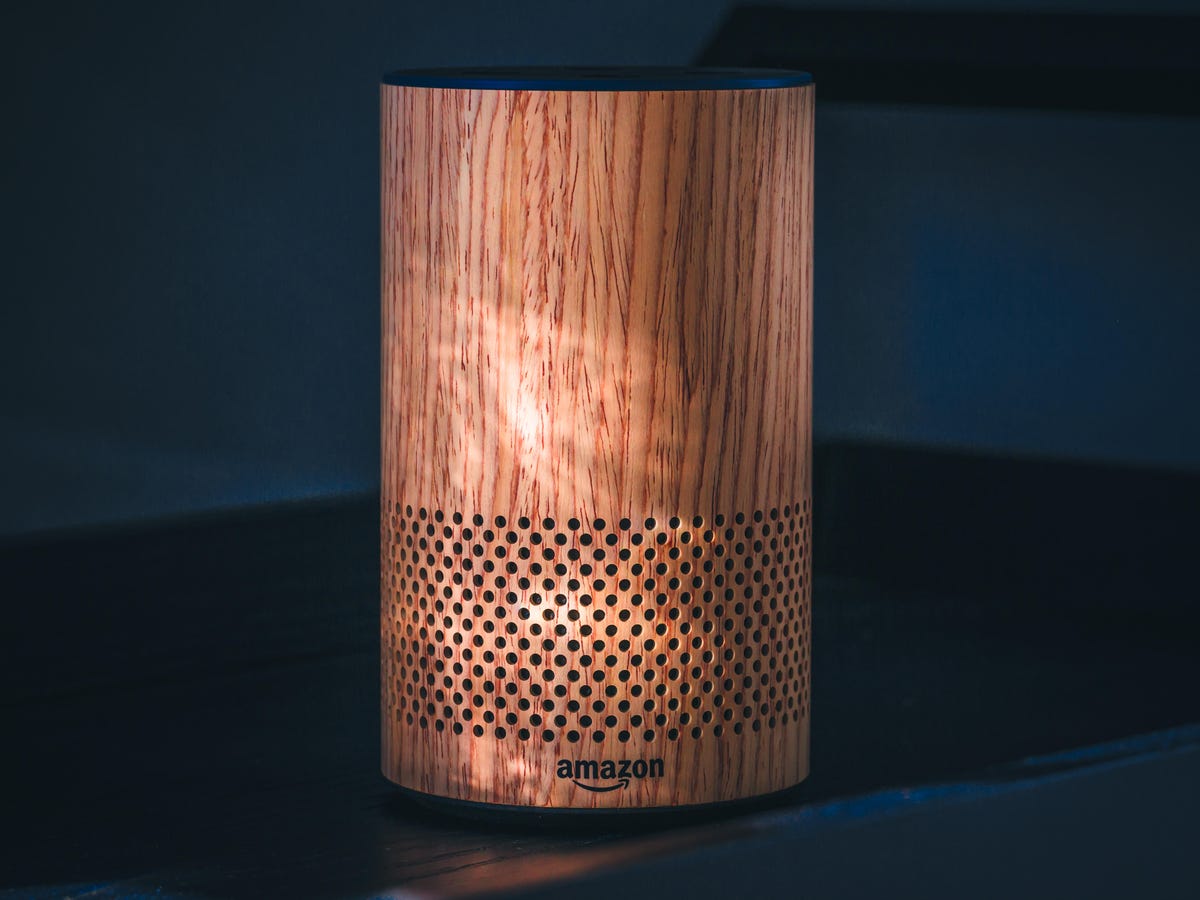
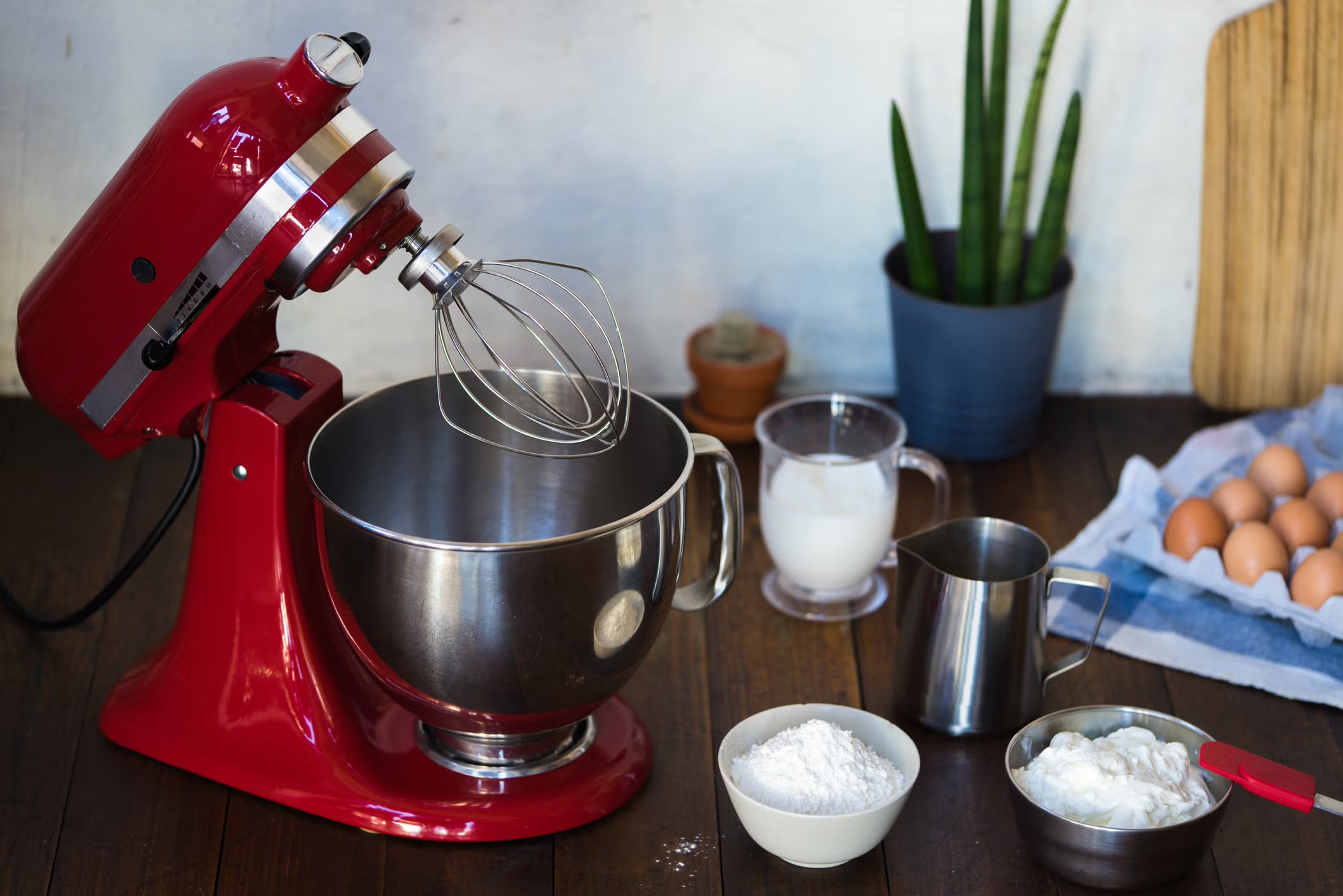



0 thoughts on “How Does The Kegerator Work?”